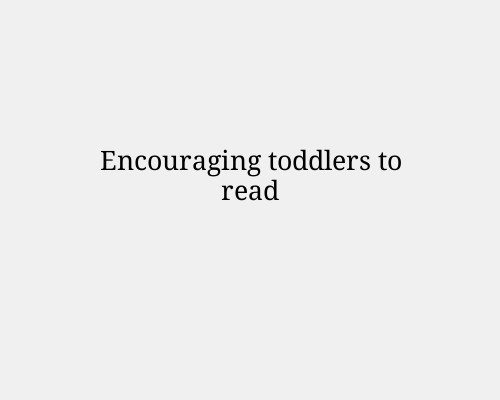
Encouraging early literacy in toddlers is all about making reading, writing, and language feel fun, natural, and part of everyday life — not a “lesson” they have to sit through.
Download a toddler literacy routine pdf
Here are some practical and age-appropriate ways to do it:
Read together every day
Keep it short but consistent — even 5–10 minutes counts.
Use expressive voices, sound effects, and hand gestures to make the story come alive.
Let them turn pages, point at pictures, and ask questions.
Surround them with books
Keep a small basket of books in different rooms.
Include board books, cloth books, and picture books with bright illustrations.
Rotate books so they always feel “new.”
Talk, narrate, and sing
Describe what you’re doing during daily routines (“Now we’re pouring the milk into your cup”).
Sing nursery rhymes and silly songs — the rhythm and rhyme help with language development.
Pause to let them respond, even if it’s babbles or single words.
Make reading interactive
Ask open-ended questions (“What do you think will happen next?”).
Point to words as you read so they start connecting print with speech.
Let them “read” by describing pictures or repeating familiar lines.
Encourage scribbling and drawing
Give crayons, markers, and chunky pencils for doodling.
Praise their “writing” even if it’s just lines and shapes.
Display their work so they feel proud.
Use every-day print
Point out signs, labels, and logos (“That says STOP” or “This is the milk carton”).
Let them help “read” shopping lists or menus.
Make it playful
Play rhyming games (“What rhymes with cat?”).
Do letter hunts (“Let’s find the letter B on this page!”).
Use alphabet magnets or foam letters in the bath.
Model a love for reading
Let them see you reading books, recipes, or even magazines.
Talk about stories you enjoy so they see reading as something exciting.
💡 Tip: The goal at this age is exposure and enjoyment, not memorizing letters or forcing reading skills early. Toddlers learn best when they feel safe, engaged, and curious.